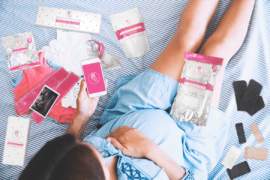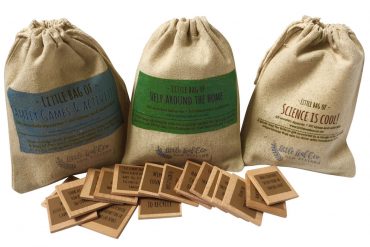Tap vs. Bottled
You may think the immediate solution to contaminated tap water is bottled water. However, this may not be the best option, either. Bottled water undergoes an intense filtration process that removes most, if not all, fluoride. If children only ever drink bottled water, they won’t receive enough fluoride to maintain good oral health. This crisis often affects minorities and people living below the poverty line. These groups are more likely to believe their tap water is unsafe to drink, buy bottled water and miss out on essential minerals like fluoride.
On the other hand, bottled water undergoes purification through reverse osmosis or distillation, which removes harmful contaminants like lead, manganese and atrazine, all of which can cause developmental delays in children.
Parents are ultimately confronted with a tradeoff: give your child tap water and risk higher levels of chemicals or give them bottled water and risk tooth decay.
Buy a filter
Which is the lesser of two evils? How do you decide what is best for your child? Fortunately, you don’t have to. The easiest way to ensure clean, beneficial drinking water is to purchase and install a filter. A simple carbon filter removes atrazine, lead and up to 60% of fluoride, making it safer for kids. Stronger versions like reverse osmosis filters remove nitrate, manganese, fluoride and other harmful particles larger than water molecules. Many of these systems also include a sediment filter stage and activated carbon to remove additional contaminants.
Additionally, you may consider switching between bottled and tap water regularly to ensure your child is getting the nutrients they need and minimal contaminants. However, filtered water is your best bet for a safe drink that still contains most of the minerals and vitamins your child needs to grow up healthy and strong.
Emily is the editor of Conservation Folks and a sustainability and conservation blogger. Follow her on Twitter to see the latest updates.










